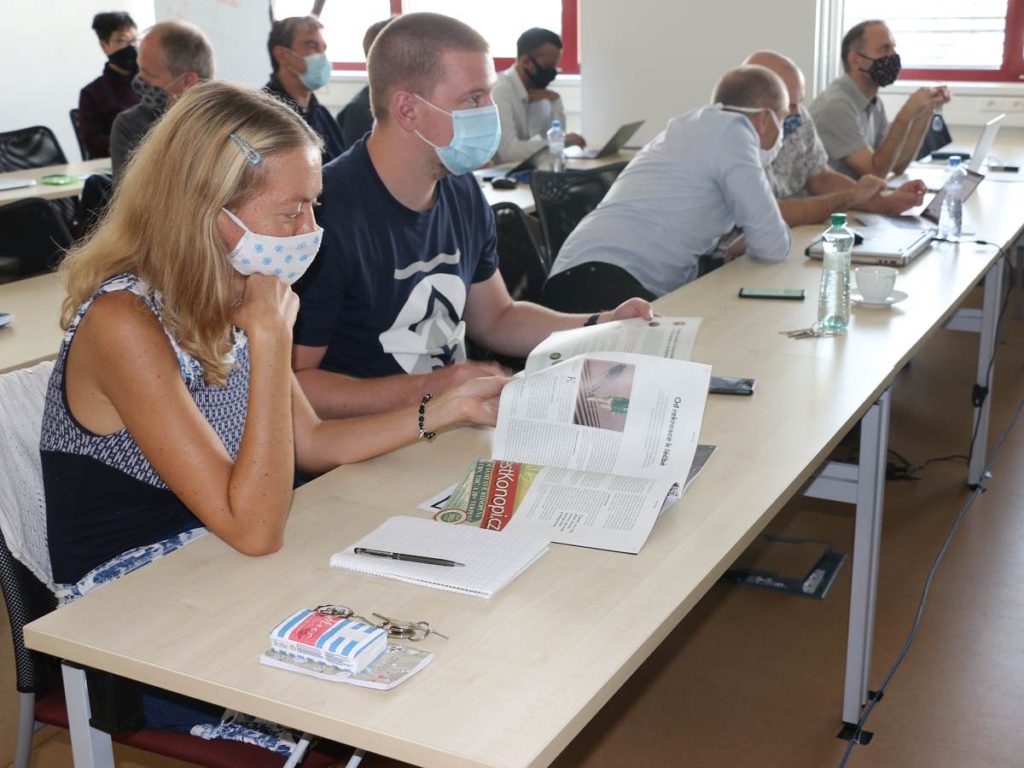CATRIN Reactor offered topics ranging from cannabis to pharmaceuticals
Magnetic nanostructures, the use of nanomaterials in medicine, advanced microscopic methods, cannabis as a medicinal plant as well as an industrial crop, the design of new drugs or the diagnosis of viruses including the new coronavirus, and a number of other topics were discussed during the CATRIN Reactor meeting. It was attended by scientists from all the three university centres, which will join their research at the new university institute from October 1. The aim was to share the different research groups’ knowledge and experience and identify specific areas for close collaboration.
“The importance of such events for researchers and their groups is absolutely enormous. They meet up, present their research to one another and look for overlaps in their work. Collaborations that previously occurred spontaneously will now be fostered systematically. Our aim is to contribute to tackling major societal challenges. In order to achieve this, we need to have a broad portfolio of research areas, methods and technologies. Our researchers have it; they just need to get to know one another much more closely, up to the level of individual researchers, so that we can make use of our expertise effectively,” said the Vice-Rector for Strategy of Science and Research Pavel Banáš.

Kateřina Poláková, one of the organizers, from the Regional Centre of Advanced Technologies and Materials (RCPTM), described the event as inspiring. “The meeting offered a variety of topics from researching cannabis and barley to new medicinal substances in medicine. I think some time is now needed to absorb the information shared at the meeting; topics of mutual interest will emerge gradually after further meetings and discussions in smaller groups. We already have some ideas that could yield excellent results. What we need to learn is to look at research topics from a broader perspective, across disciplines, which is not only CATRIN’s vision but is also the strategy of large European grants,” said Poláková.
For Peter Tarkowski from the Centre of the Region Haná for Biotechnological and Agricultural Research (CRH), the meeting was important for several reasons. “First, I made sure, during the discussions with colleagues from both the Institute of Molecular and Translational Medicine (IMTM) and RCPTM, that we can and want to undertake activities that I’ve had in mind for a long time, such as testing the biological activity of plant extracts or using nanomaterials to maintain the microbial quality of medicinal cannabis. Second, I got more detailed information not only about the research areas done by my colleagues at the centres, but also the available methods and devices for shared use. Last but not least, this meeting has made me think about possible cooperation in the field of phytoremediation,” said Tarkowski.
A score of scientists from RCPTM, CRH and IMTM had the opportunity to present their research.


